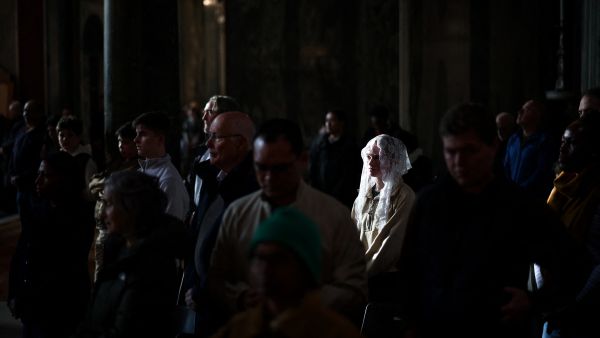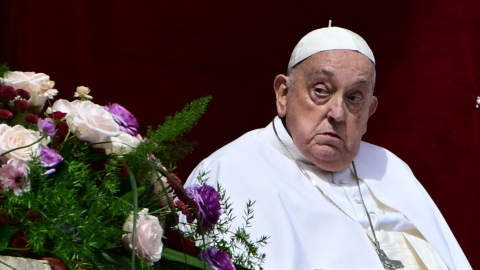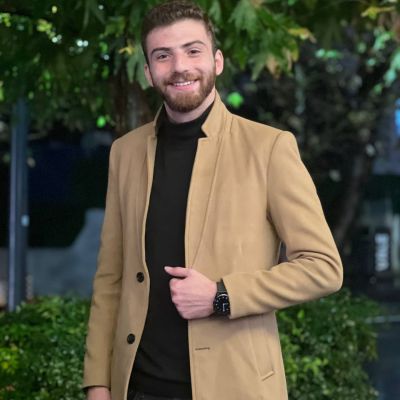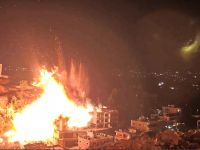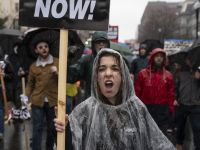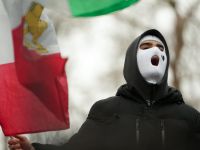ALBAWABA - After the Vatican announced that Pope Francis had passed away at the age of 88, the Roman Catholic Church has formally entered a time of transition. With more than 1.4 billion Catholics in the globe, the process of choosing a new spiritual leader is already underway, governed by stringent procedures and centuries-old customs.
Transition Commences: "Sede Vacante"
The Holy Roman Church's Irish-American Camerlengo, Cardinal Kevin Farrell, is now in charge of managing daily operations at the Vatican during the "Sede Vacante," or the time when the pope is not in office. The Camerlengo replaced ancient customs like the silver hammer tap, which was traditionally used to establish death, with contemporary processes that included a doctor and an official death certificate.
To stop abuse, the papal Fisherman's Ring is ceremoniously broken and the Pope's private house is immediately sealed with crimson wax. Instead of staying at the usual Apostolic Palace, Pope Francis has been staying in the Vatican residence Casa Santa Marta.
State Body Lies; Distinct Funeral Requests
The public will be able to pay their condolences at St. Peter's Basilica, where the Pope's remains will lay in state. In contrast to previous popes' customary triple coffin funeral, Pope Francis has asked for a plain wooden casket. In addition, he declined the customary burial under St. Peter's in favor of being laid to rest at Rome's Basilica of Santa Maria Maggiore.
The cardinals will make funeral preparations, and according to the Apostolic Constitution, burial should occur between the fourth and sixth day after death.
Cardinal Meetings Start Every Day
Cardinals from all around the world are coming to Rome in advance of the papal election. To debate Church goals and the qualities they would want to see in the future Pope, they will call general assemblies. Cardinals who are 80 years of age or older are permitted to attend these gatherings, but they are not eligible to vote in the election.
Conclave: Solemnity and Secrecy
Only cardinal electors under the age of 80 are allowed to participate in the actual election, called the Conclave, which will be held in the Sistine Chapel. In an attempt to limit outside influence, the electors will remain in total seclusion in Casa Santa Marta throughout the Conclave, without phones, internet, or media access.
Cardinals cast two votes every day, with the exception of the first day, when they only voted one. A candidate has to get a two-thirds majority plus one in order to be elected. The top two candidates will compete in a runoff, which will still need the same majority, if no outcome is obtained after 13 days.
After being selected, a pope is questioned about his acceptance of the role and the papal name he will use. If elected, the pope sits down to take allegiance oaths from other cardinals while wearing white clothes that have been prepared.



